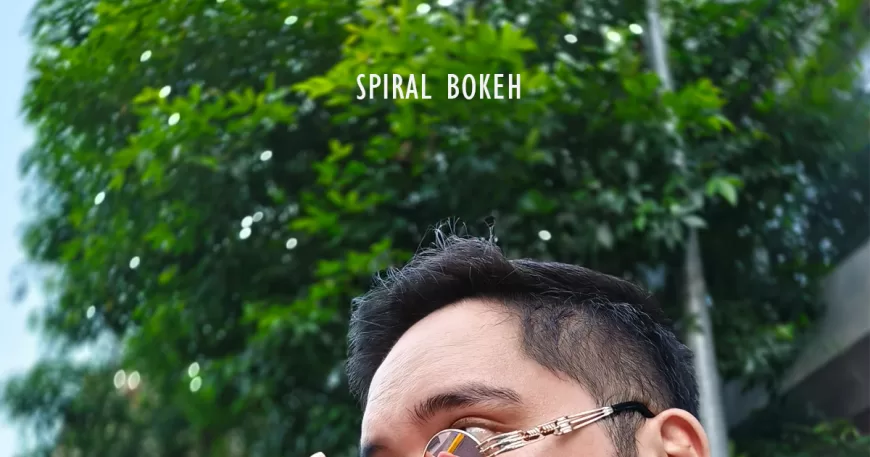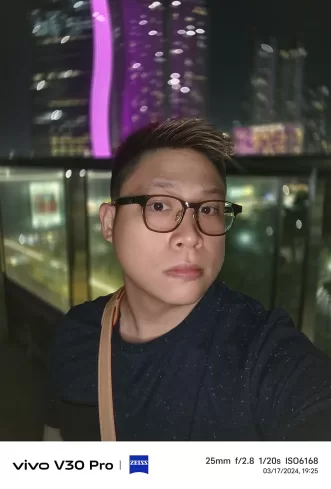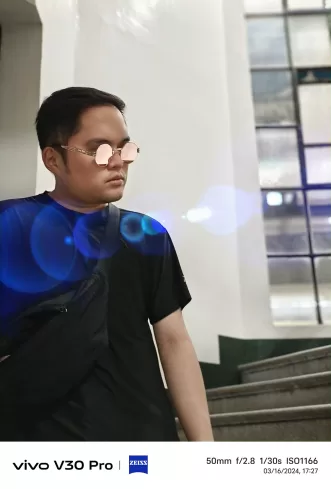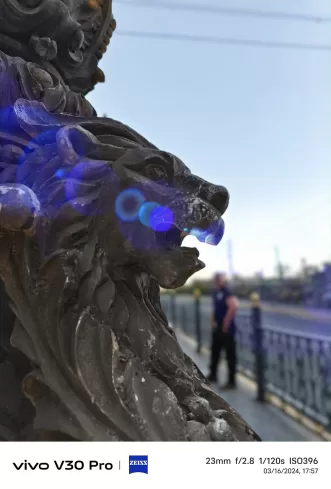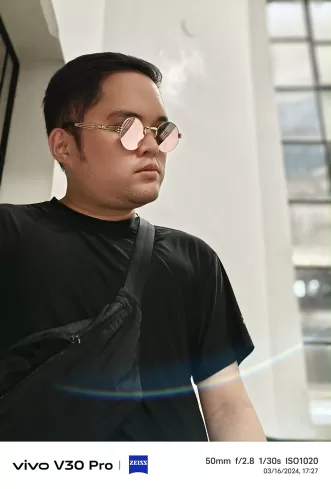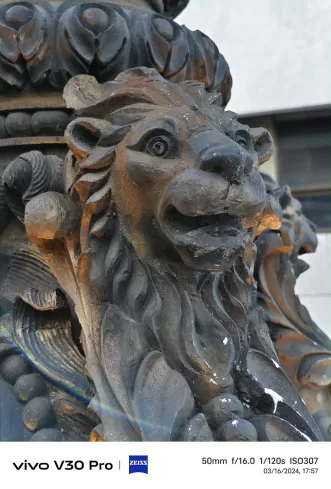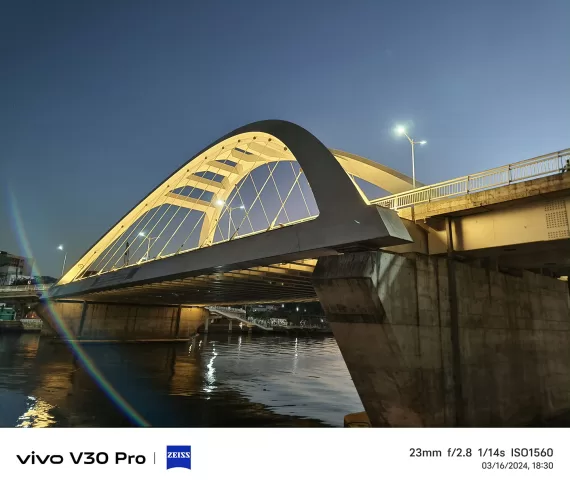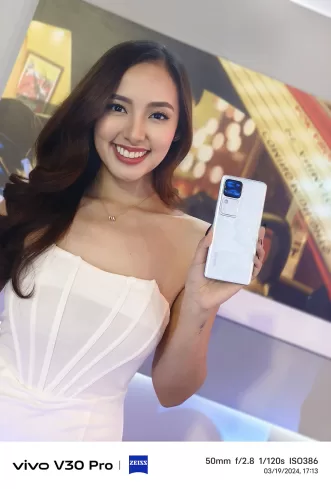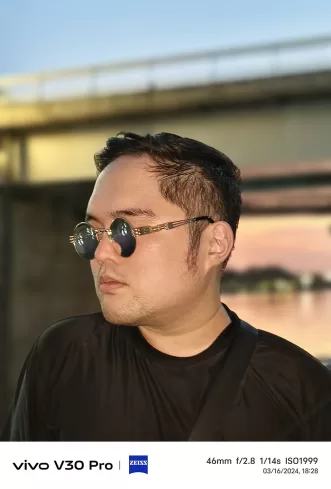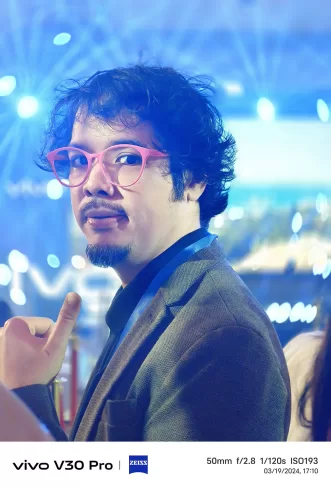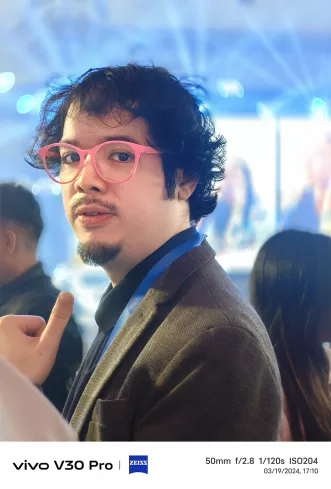As a fan of cinemas, the ZEISS partnership with vivo has always fascinated me. We got a first taste of it when we were handed the vivo X80 Pro 2 years ago and more recently, during our time with the vivo V30 Pro 5G.
As mentioned in our review, the combination of the vivo V30 Pro 5G’s latest Aura Light 3.0 system – a now staple and emblematic icon of the series – with ZEISS’s first collaboration on the V-series is a match made in cinema-heaven. This is due to the fact that you now have the all-around Portrait Lighting solution from the Aura Light 3.0 (with a bigger softbox flash than before), and co-engineered optics of ZEISS to create endless amounts of dramatic photography than before.
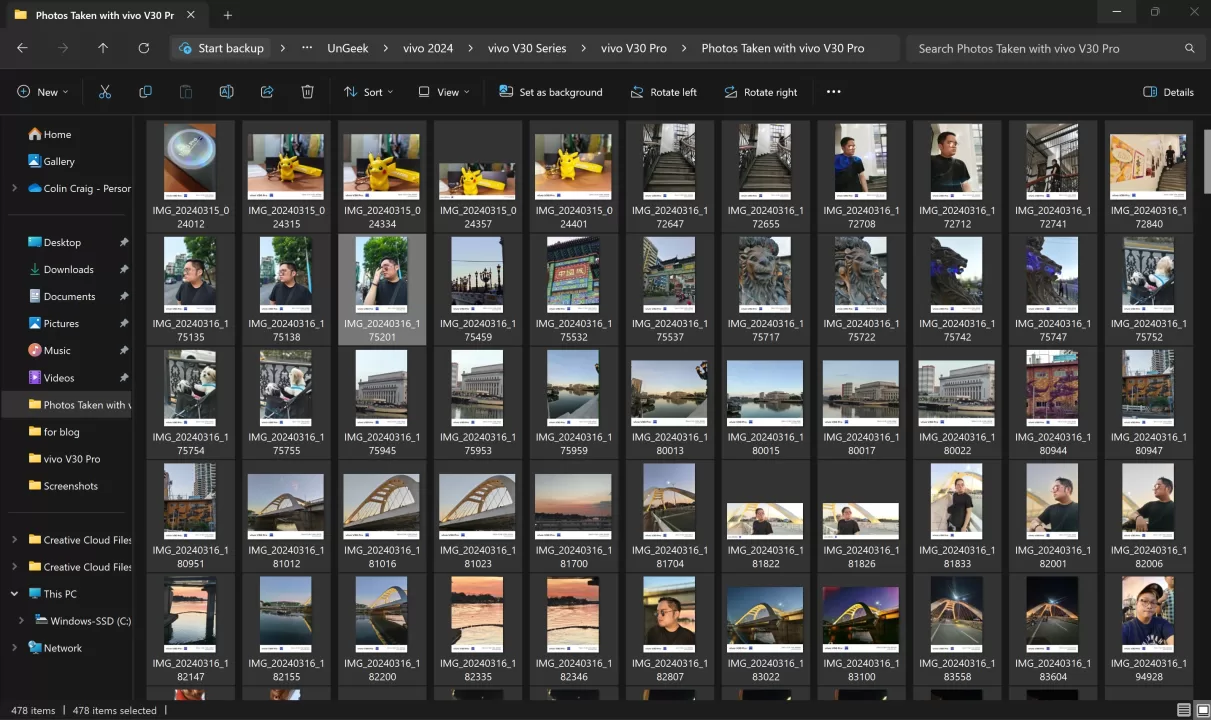
Our (relatively) short time with the device netted us with hundreds (478 to be exact) of photos and videos as we had a lot of fun tinkering with the various ZEISS filters. Of course, we couldn’t show everything on our review so we decided to create this feature for us to muse over them once again – and perhaps inspire you guys to check the device out for yourselves.
Exceptional Images
To start things off, the vivo V30 Pro 5G has a three 50MP Cameras comprising of the main (rear) camera module. This alone is already worth talking about since usually even for higher midrange phones, brands would try to cut corners to further differentiate the device from their flagship counterpart. Not vivo, and definitely not for the V30 Pro 5G. Inside the onyx module lies a 50MP f/1.9 Wide Camera with a very large SONY IMX920 sensor followed by a 50MP Ultra-wide Camera that has an optical angle of 119˚ and AI Group Selfies to ensure crisp image captures of faces. This is finished by a 50MP SONY IMX812 telephoto portrait camera that simulates a 50mm lens on traditional cameras.
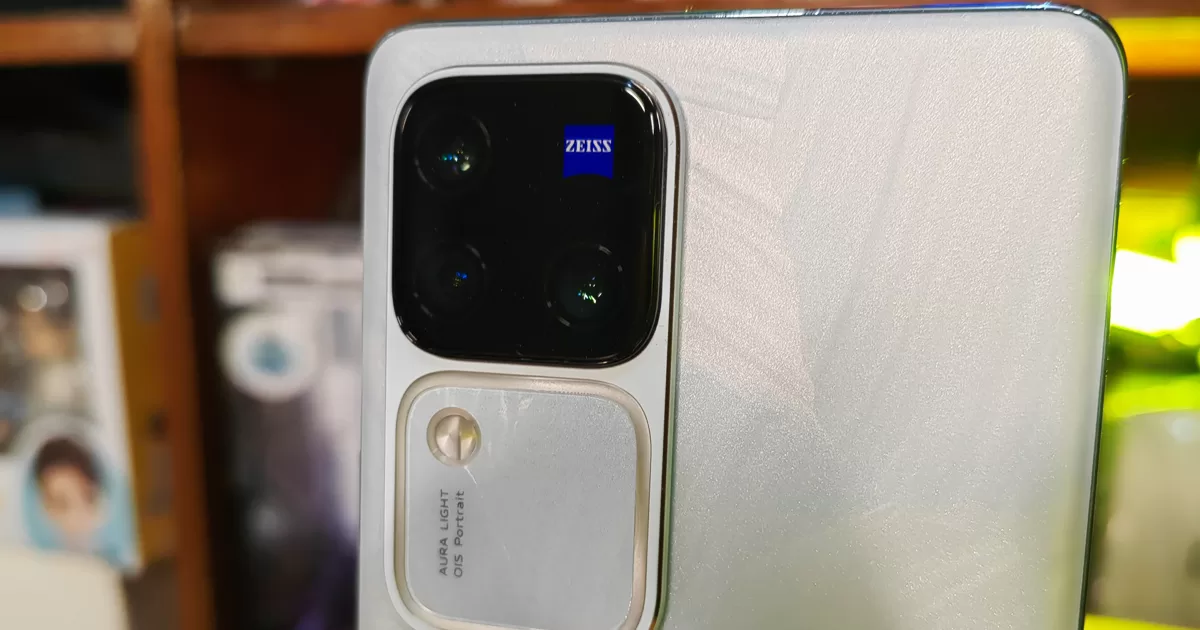
Of course, the selfie cam hasn’t been forgotten. The vivo V30 Pro 5G house a large 50MP f/2.0 front-facing camera that’s equipped with AF Group Selfie.
Colors are more natural, thanks to the vivo Camera-Bionic Spectrum (VCS), a color-correcting system that allows the sensors to gather raw image information closer to how our eyes perceive them.
This quadruple 50MP Camera configuration on the vivo V30 Pro 5G is already impressive as it is, and we haven’t started discussing the ZEISS partnership. So yes, there’s more.
ZEISS Cinematic
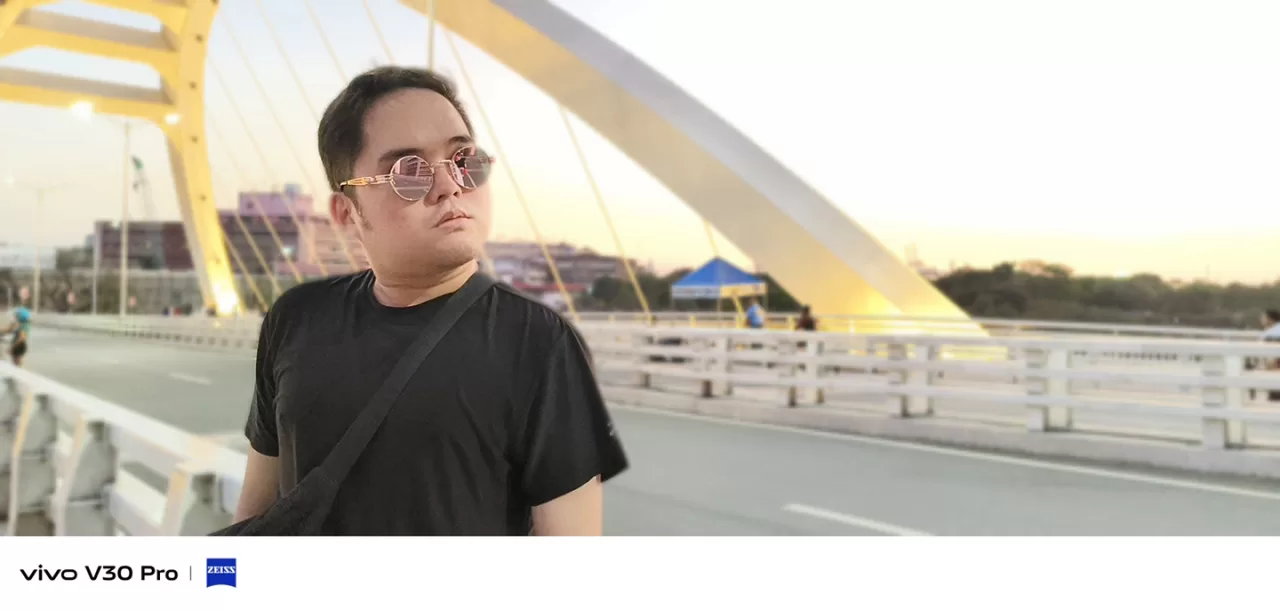
Carlos Franco in Maynila sa Dapit-Hapon hehe.
Take a gander at creating dramatic shots of everyday things with the ZEISS Cinematic mode. Finally, the cinema mode on these vivo smartphones follow the exact cinema widescreen aspect ratio of 23.9:1 versus that of the 21:9 aspect ratio on the vivo X80 Pro.
If you recall watching your favorite movies on the big screen, you’ll notice that most of them (if not all) have a very wide screen format. Big feature films love to use this format as it can frame more in a scene (another common widescreen aspect ratio is 1.85:1). If you watch a cinematic widescreen clip on a standard TV or monitor, you’ll get the black bars on top and bottom part of your screens – which has been synonymous with cinemas.
ZEISS Cinema Portrait allows for looks that create a cinema-like feel, especially with the anamorphic bokeh effect. This is made more obvious with an elongated/ oblong bokeh distortion on small light sources. If you want a much in-depth explainer, here’s an article we did for the vivo X80 Pro as our first experience with the ZEISS optics on a smartphone.
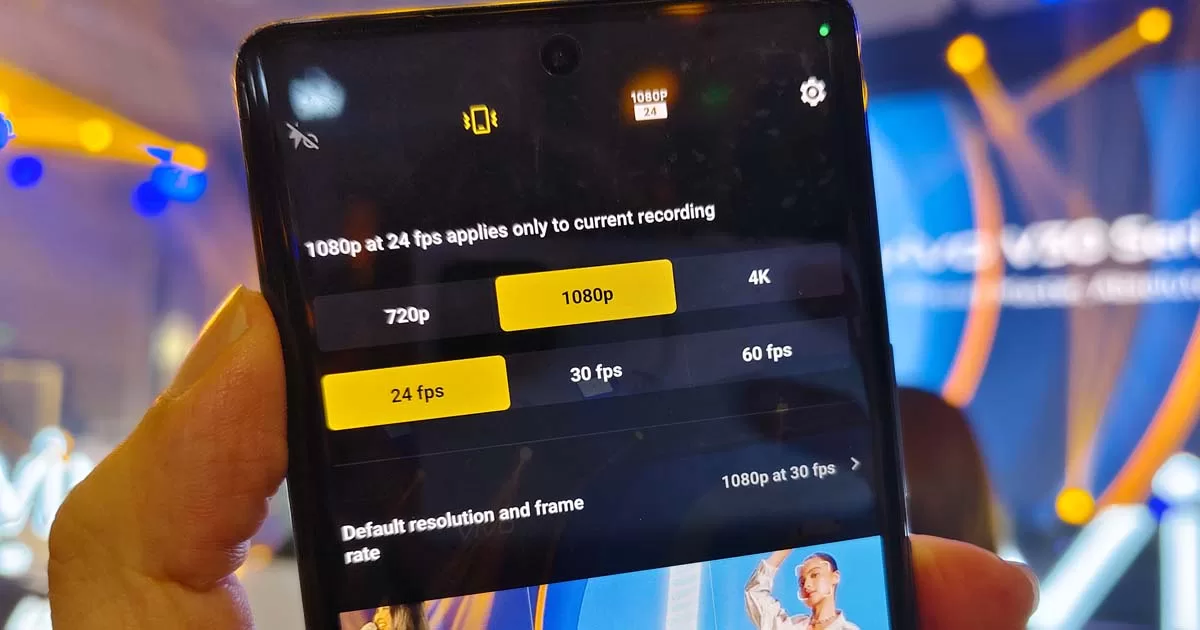
Because the idea is for budding content creators to try out a more cinematic approach, the cinema portrait isn’t limited to photos – you can also use the same aspect ratio and unique anamorphic lens design on videos. You can even clock the framerates down to 24fps – which is the cinema standard.
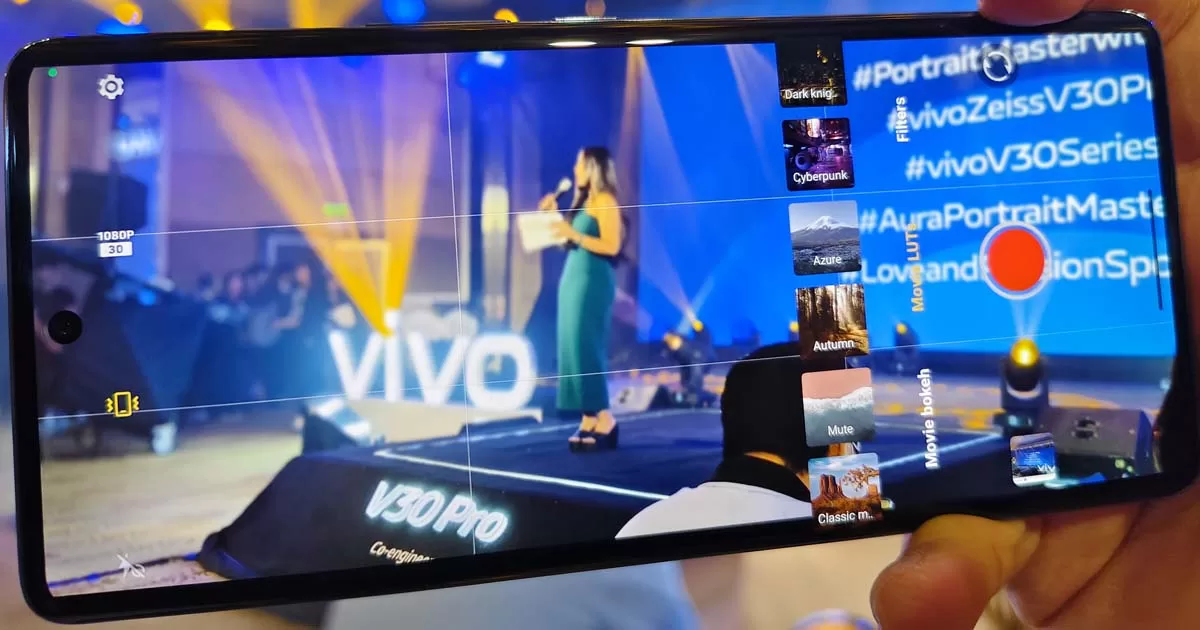
On top of this, you can also add cinematic LUTs or Look Up Tables – which are essentially preset cinema-style filters for your videos. You can choose to make retro-looking clips, or even sci-fi-looking ones with the Cyberpunk LUT.

PH tech boys about to drop an album. XD
The Cinema Portrait aspect ratio can also be used on the selfie cam. One advantage of that is you can get more people on your frame – the inclusion of AF Group Selfie is that the phone will identify faces and try to make them as clear as possible.
ZEISS Portrait Filters
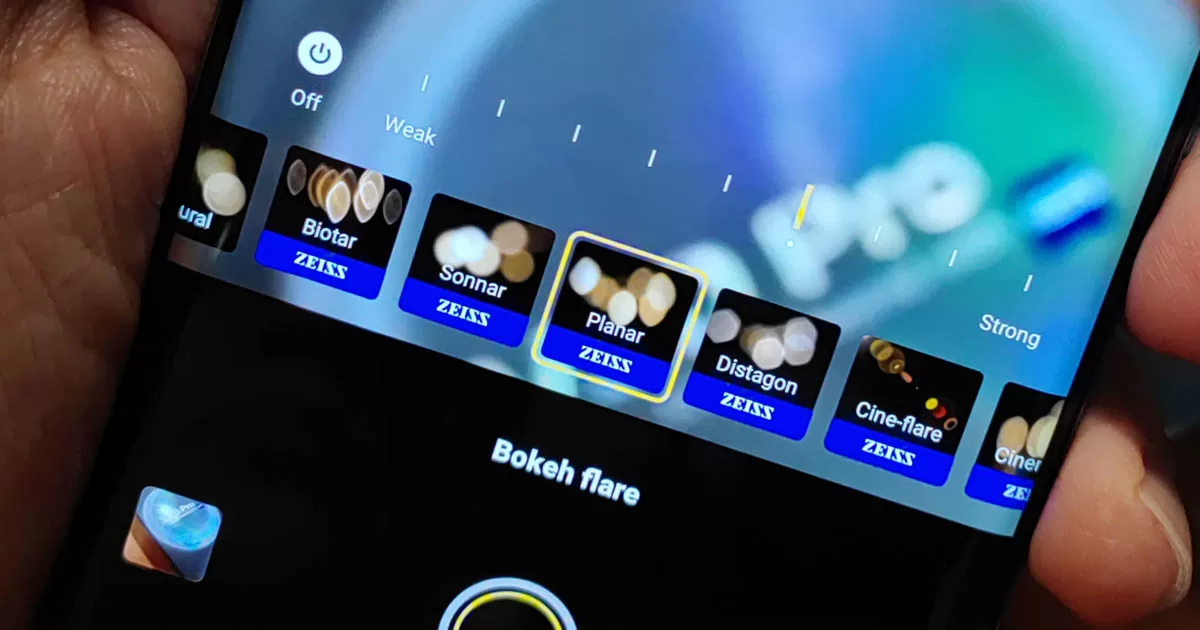
To add a bit more creativity to your Portrait Photography, play around with all the ZEISS Portrait Filters found on the Portrait Camera setup. Aside from the aforementioned Cinematic Portrait there are 5 other filters to choose from under the ZEISS Style Portrait category which are Biotar, Sonnar, Planar, Distagon, and Cine-Flare.
ZEISS Biotar
- This uses the ZEISS Biotar Filter
- Check the spiral bokeh
- The ZEISS Filters also work on the 50MP Selfie Cam
Perhaps our most fond Portriat filter to use, the ZEISS Biotar Style Filter is inspired by ZEISS Contax Biotar lens from the 1930’s which adds a unique swirly bokeh with olive-shaped flares to the background. This adds the most background distortion among all the other filters for extra dramatic moments. The dramaaaaaaa ~
ZEISS Sonnar
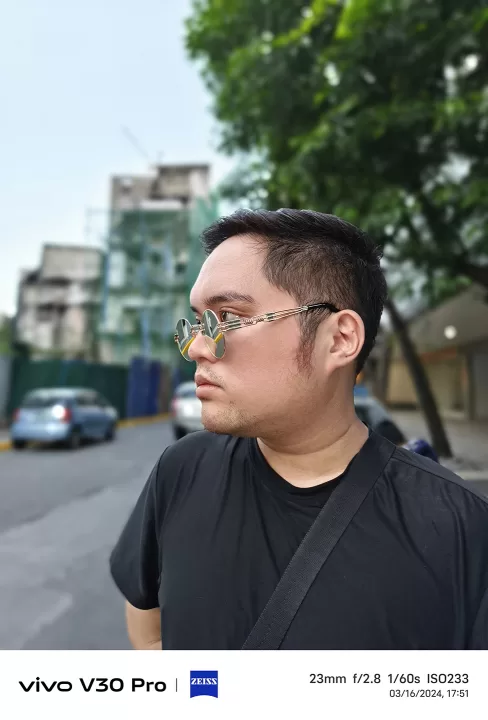
Rich Bokeh thanks to the dedicated Telephoto Portrait Cam and ZEISS
The ZEISS Sonnar mimics the ZEISS Olympia Sonnar lens and produces soft, creamy bokeh. It has a larger flare distortion as well which adds to the softness of the background photo.
ZEISS Planar
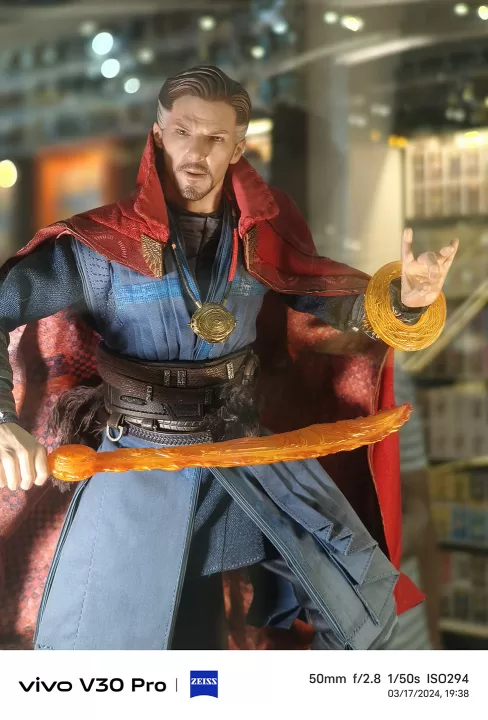
The oval/ elongated bokeh flares at the back are indicative of the ZEISS Planar filter.
The ZEISS Planar produces the more traditional anamorphic lens bokeh. Distortions are kept to a minimum while lens flares are more distinctly oval in nature.
ZEISS Distagon
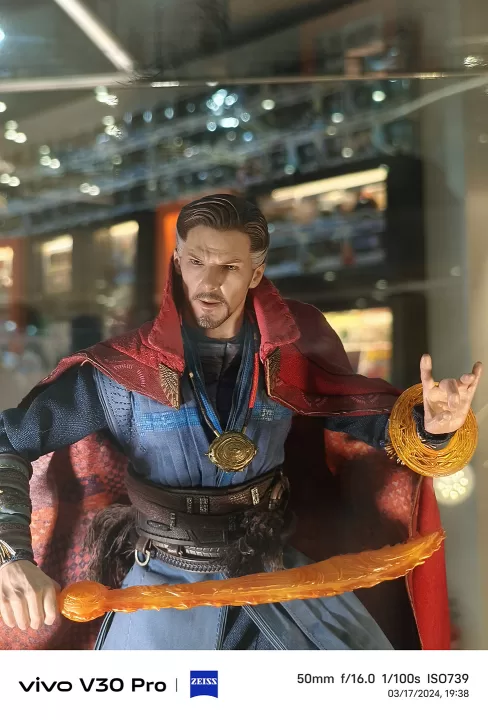
By the Eye of Agamoto, I present Distagon.
ZEISS Distagon is inspired by the ZEISS Contax 2.0/2.8 aka “The Hollywood”. According to a lot of cinematographers, “The Hollywood” lens from ZEISS just has that secret sauce to make things look so good. And we agree with them as the Distagon filter produces sharp in-focus and out-of-focus images, plus it has this odd almost hexagonal pattern for the lens flare to follow. The lens flare isn’t too elongated here as well – it’s almost a bit more rounder but not completely circular.
ZEISS Cine-Flare
The revamped cine-flare now works on regular aspect ratio images unlike our experience with the vivo X80 Pro (it was paired under the cinematic portrait option). There are also varying lens flare differences now just to make it more versatile than your regular J.J. Abrams blue lens flare.
Aura Light 3.0
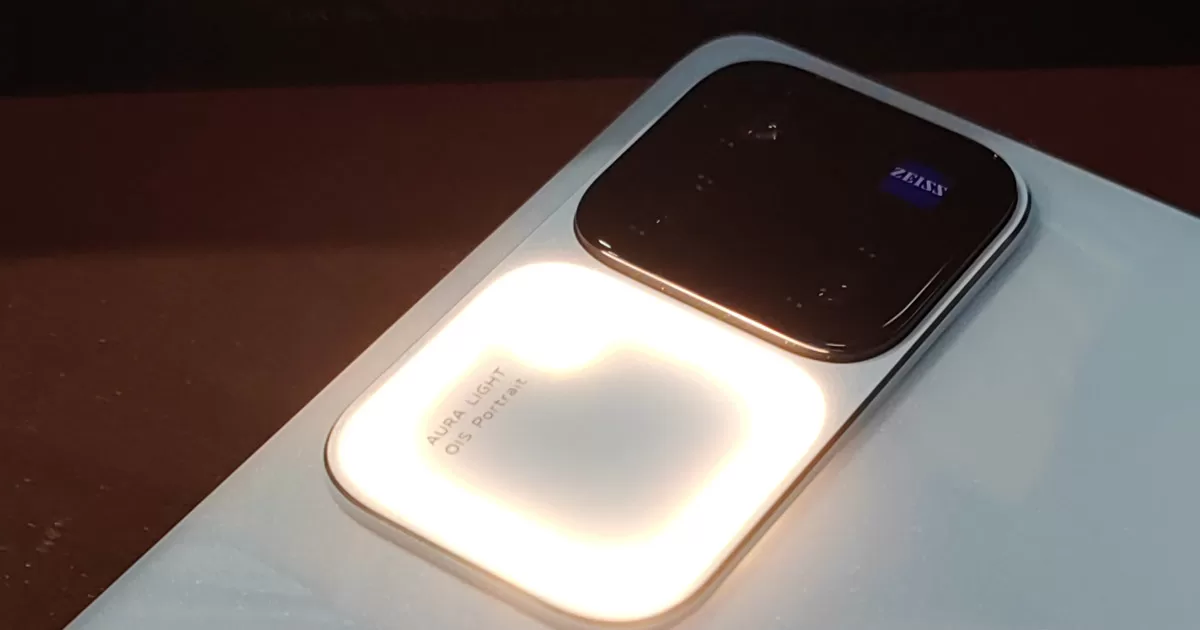
What makes the vivo v30 Pro 5G stand out among the previous ZEISS-collaborated smartphones of vivo is how well it now works with the new generation of Aura Light. Now with a much larger softbox flash (1.4x larger than vivo V29), the Aura Light 3.0 still has amazing temperature control if you want your images to have a warmer or cooler tone. The advantage of this is, regardless of the lighting situation, you’ll still be able to light your subject clearly. Here’s an example of a pretty difficult lightning environment and how the Aura Light can help separate the subject from the background much clearly – and still retain the awesome ZEISS Style Portrait bokeh.
- The Aura Light Shines best during more challenging lighting conditions
- Like this one. This is the Biotar filter without the Aura Light
- Biotar Filter with Aura Light 3.0
Boundless Creativity
The combination of the amazing new Aura Light 3.0 as well as the ZEISS optics on the vivo V30 Pro 5G makes this device one of the most versatile smartphones with exceptional portrait-taking capabilities. The soft flash from the Aura Light 3.0 augments any lighting discrepancies that you may need to take that creative shot either on photos or videos. For this alone, and with a price tag of just Php 34,999, this is a phone that’s very easy for us to recommend.
To know more about the vivo V30 Pro 5G, check out our full review here.
To get your hands on one, do check out these helpful links:




